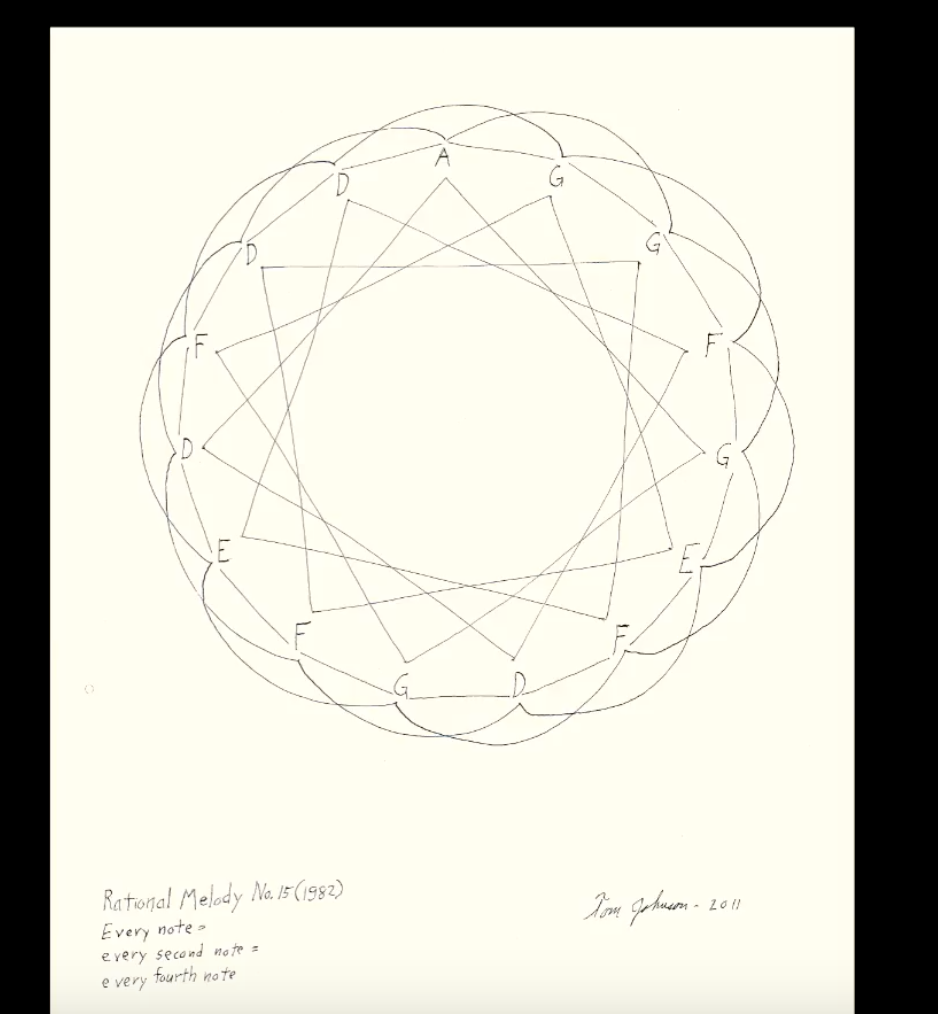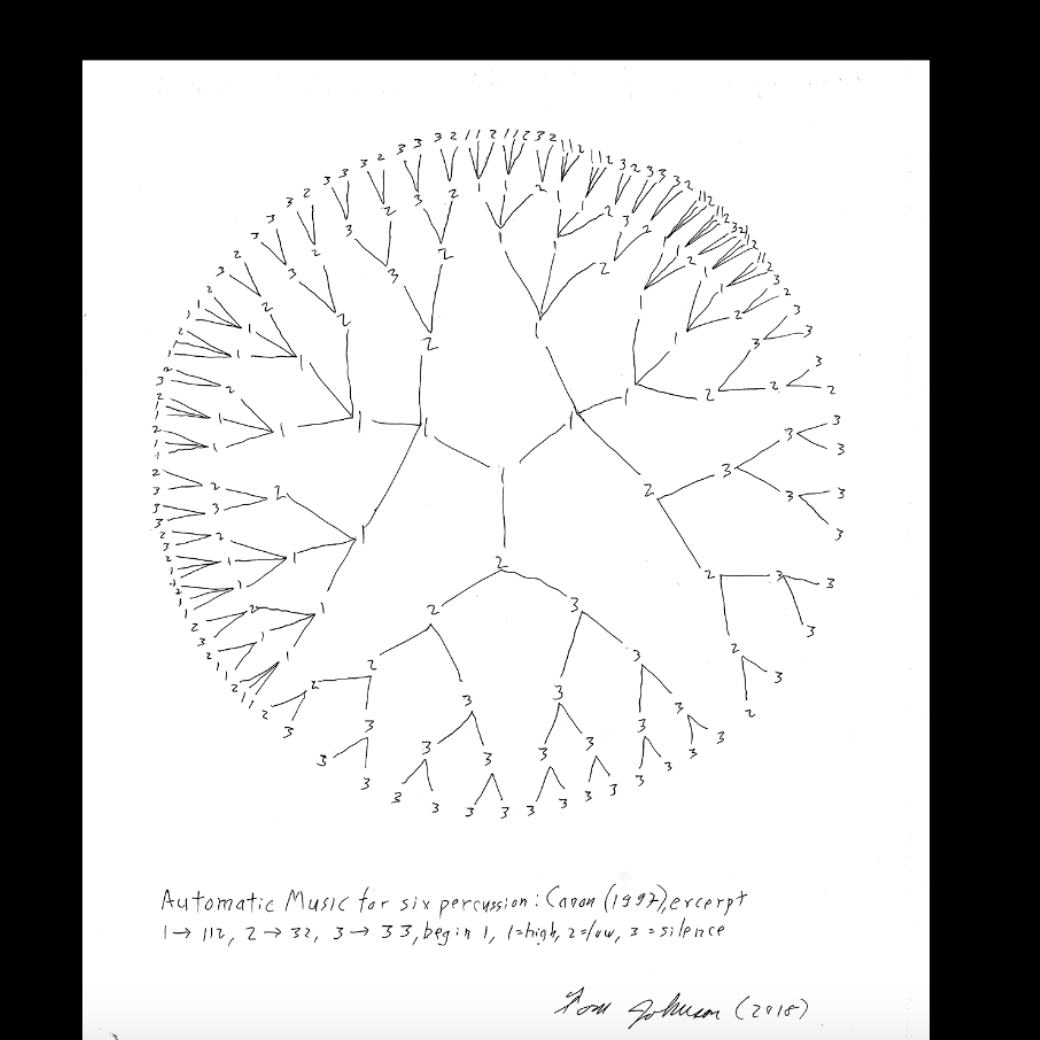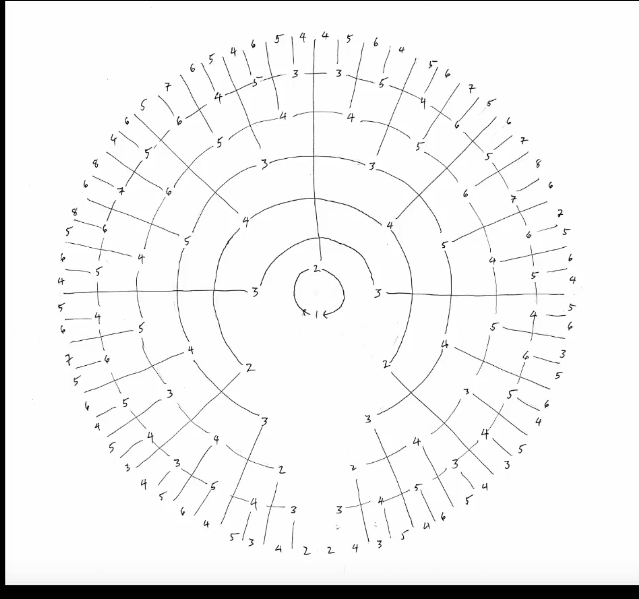Since class 1, I have been discussing with a some experts and peers to gather advice and feedback on both technical production and interaction. I was discouraged to use Swift as my tool for my original multiplayer spatial audio AR app, so I decided to go with Unity which I just started learning. After a week of prototyping some simple interactions, I found out the manipulating sound in AR with multiplayer connection might be too technically ambitious, I might lose a lot of time stuck on learning the program from scratch and not being able to have enough play tests. Therefore I decided pivot my concept again.
Since the beginning of last thesis semester, I have been researching on the structures and forms of music compositions and the composing techniques used by some of the most famous 20th century avant-garde musicians, and I’m very obsessed with serialism and minimalism and the idea of music can arise from a certain process. John Cage’s Music of Changes, Steve Reich’s Piano Phase and Terry Reilly’s in C are all good examples of the style. I also came across composer Mark Applebaum’s metaphysics of notation, as well as Tom Johnson’s illustrated music. I was particularly drawn to the aesthetic of graphic scores arisen from simple geometric shapes, as well as the modularity and rationality in the represented music. These forms not only generate music compositions but also visualize the music structure in a beautiful way.
I see a lot of potential in these algorithmic forms in both music creation and visualization, and would love to create some of the forms in 3D as a sculptural piece, and using AR to detect the object and animate the process on the object as the music is playing. I started out by taking an existing composition from Tom Johnson’s Rational Melody XV, and 3D printed a form as a proof of concept. The final project will ideally have a set of 3 sculptures with part or all of the compositions/scores based on my own set of rules inspired by these musicians.






